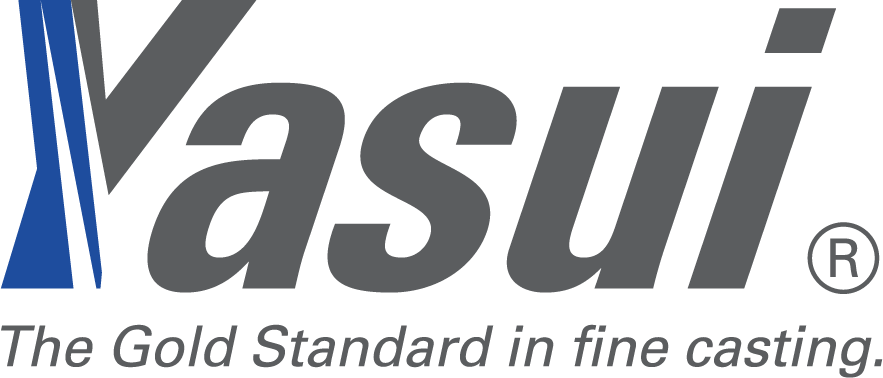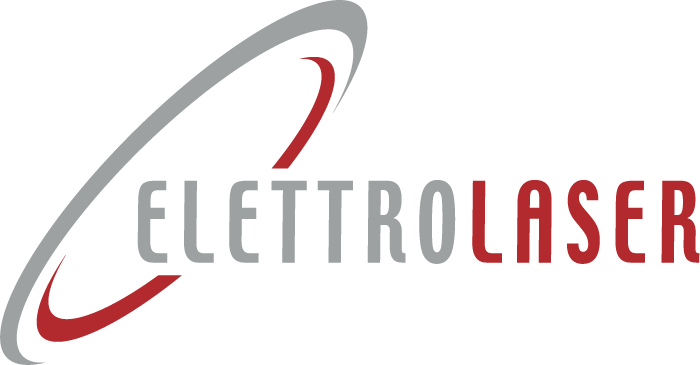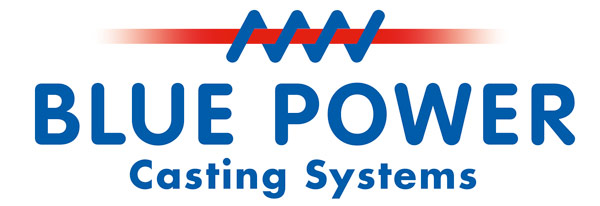According to an interview published yesterday by Machine Design, 3D printing’s presence in the automotive industry is set to evolve rapidly. Additive manufacturing already holds a firm place in the sector but it is forecast to grow even further. The interview was with Scott Dunham, who is Vice President of Research at SmarTech Publishing and he explained how the automotive industry is poised to fully embrace the benefits of 3D printing.
Dunham has produced a number of industry analysis reports and thus is well positioned to assess the current position of 3D printing in the automotive industry and it’s expected trajectory.
Rapid Prototyping
According to Dunham, the key factor in driving 3D printing technology into the automotive industry is rapid prototyping. This is the area in which 3D printing is most prevalent and it involves primarily design. The benefits of 3D printing for the automotive industry are that it is fast and efficient when compared to traditional prototyping methods.
Users can design and create a model almost immediately, or least rapidly, meaning a model can be remodeled and reprinted several times accordingly. This allows for speedy product iteration and refinement. The use of rapid prototyping can help cut lead-times considerably and it is through this that 3D printing is expected to grow in the automotive industry.
Dunham expects to see a strong correlation between advancements in the technology behind 3D printing and it’s level of use in the industry.
Other kinds of 3D printing in the Automotive industry
Another aspect of 3D printing that has found ground in the industry is additive tooling. This is something that General Electric are exploring with their LEAP engine, an engine made with 3D printing and also repairable with 3D printed tools. The production of hard tools through metal powder-bed fusion and other metal 3D printing methods is an another application which in automotive industry is growing rapidly.
Linked to developments in the automotive industry, 3DPI also recently looked at how Local Motors have combined 3D printing and drones, in a new vision of the future of transportation.






